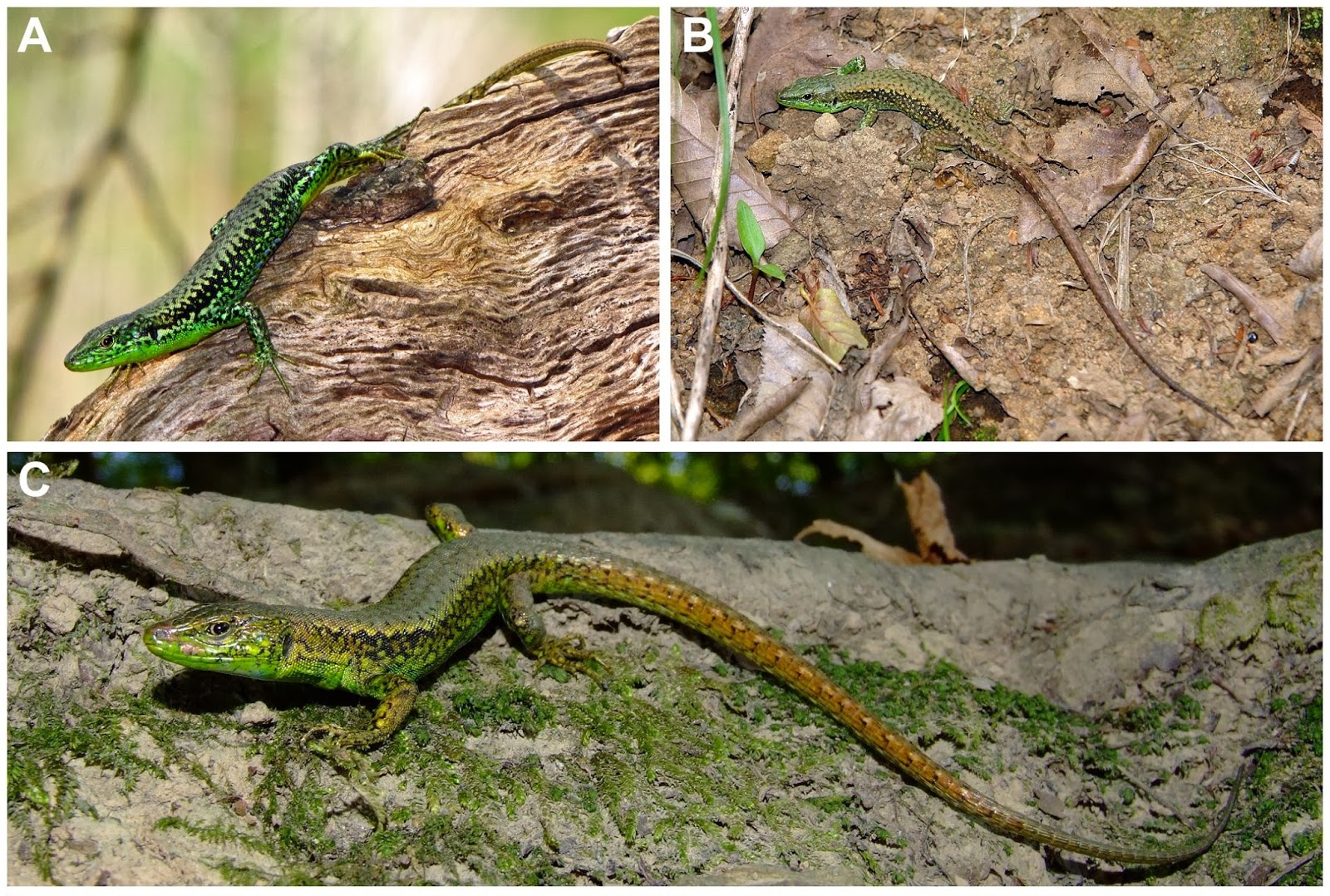One of the major experimental advances in recent decades has been the battery of methods capable of functionally validating hypotheses regarding the molecular networks that regulate biological processes. For biologists, these emerging methods allow us to move beyond descriptive and correlational studies to new dimensions where we can experimentally validate our observations. Leer más.





En esta edición se describen 850 especies, 200 más que en la primera edición. En esta segunda edición las imágenes y los mapas de distribución se presentan con un mayor tamaño. Jean Raffaëlli no tiene editor y la edición es limitada.Los interesados deben pedir directamente el libro enviando un correo electrónico al autor: jean.raffaelli@laposte.net Precio: 80 euros |
Numerous variables can affect an organism’s survival, including its age and sex, the demographics of the population in which it resides, and environmental conditions like climate, and habitat. However, the relative importance of these factors is poorly understood. Dan Warner described his investigation into factors affecting natural selection in wild populations of anoles in his talk titled, «Spatial and temporal variation in phenotypic selection in the lizard Anolis sagrei.» Leer más.
_caspica-(b)_chlorogaster-(c)_kamii.jpg) | While traditionally species recognition has been based solely on morphological differences either typological or quantitative, several newly developed methods can be used for a more objective and integrative approach on species delimitation. This may be especially relevant when dealing with cryptic species or species complexes, where high overall resemblance between species is coupled with comparatively high morphological variation within populations. Rock lizards, genus Darevskia, are such an example, as many of its members offer few diagnostic morphological features. Leer más. |
Downloadable PDF files on sea turtle information, conservation, and threats. Leer más.






